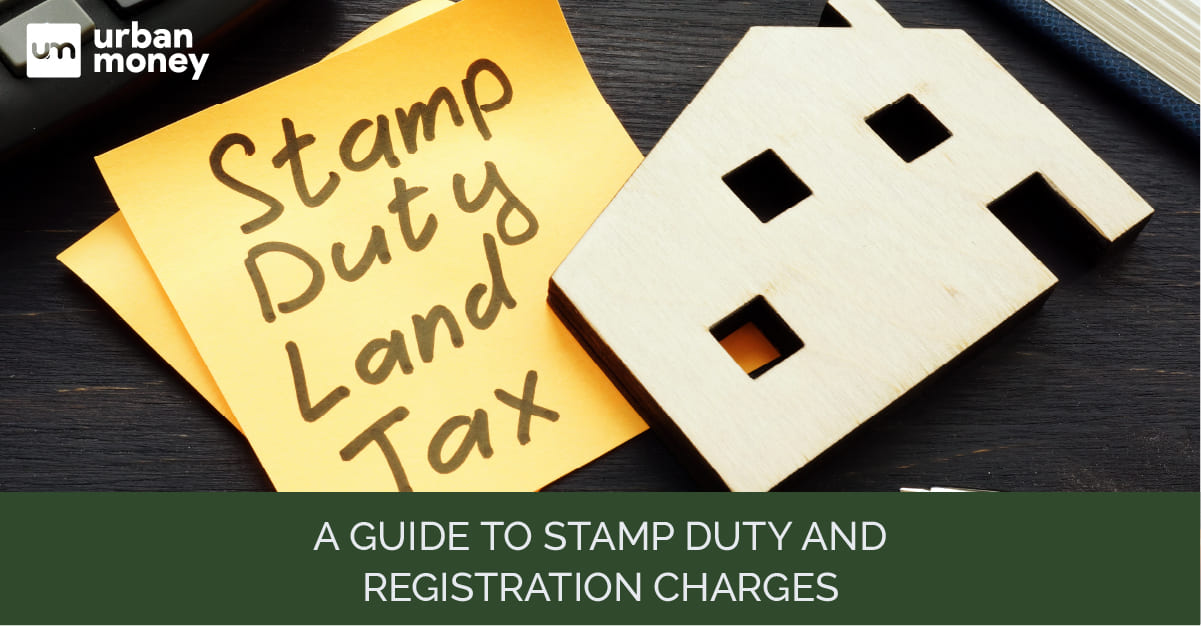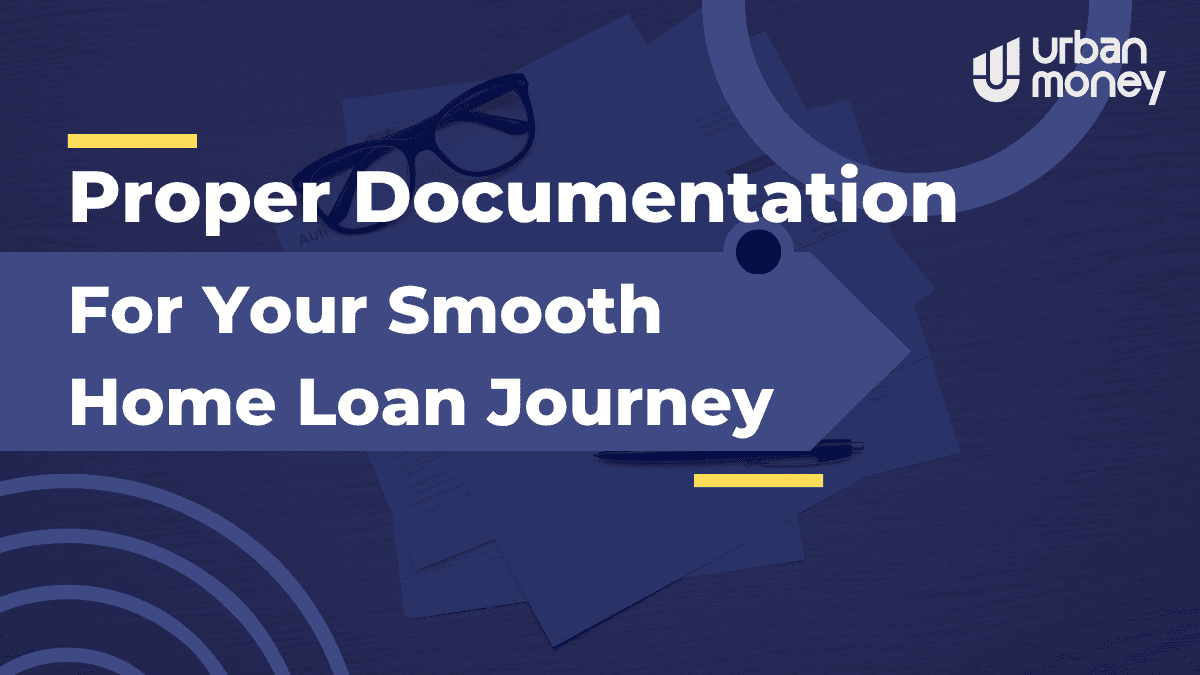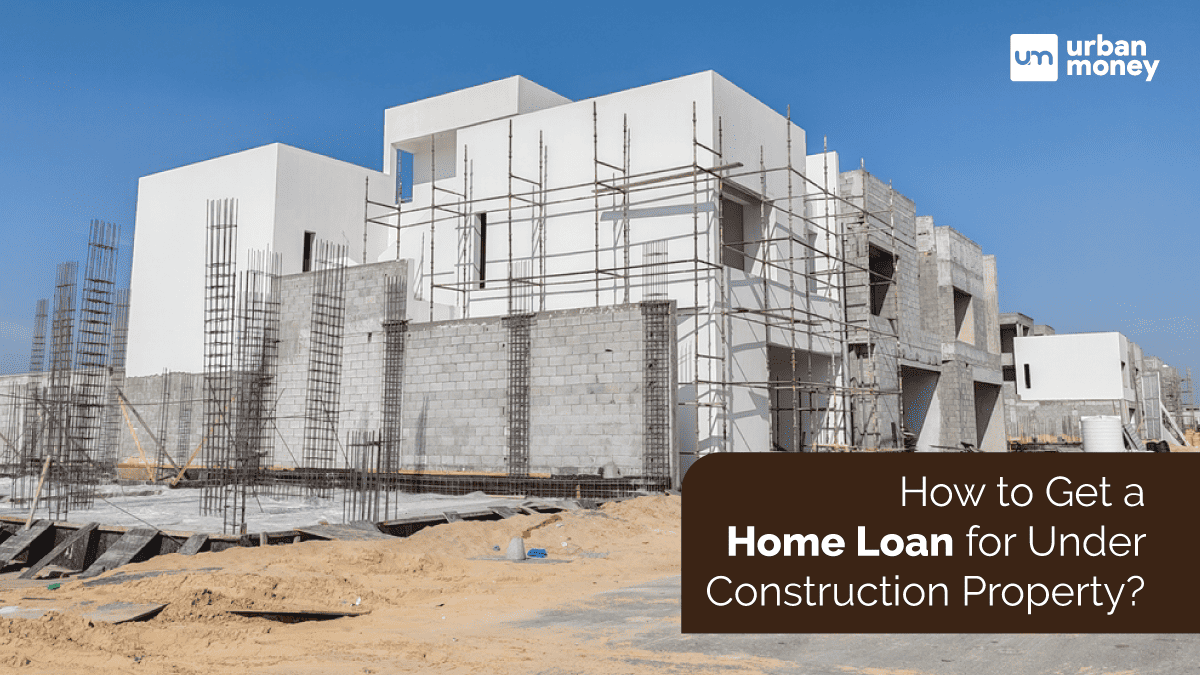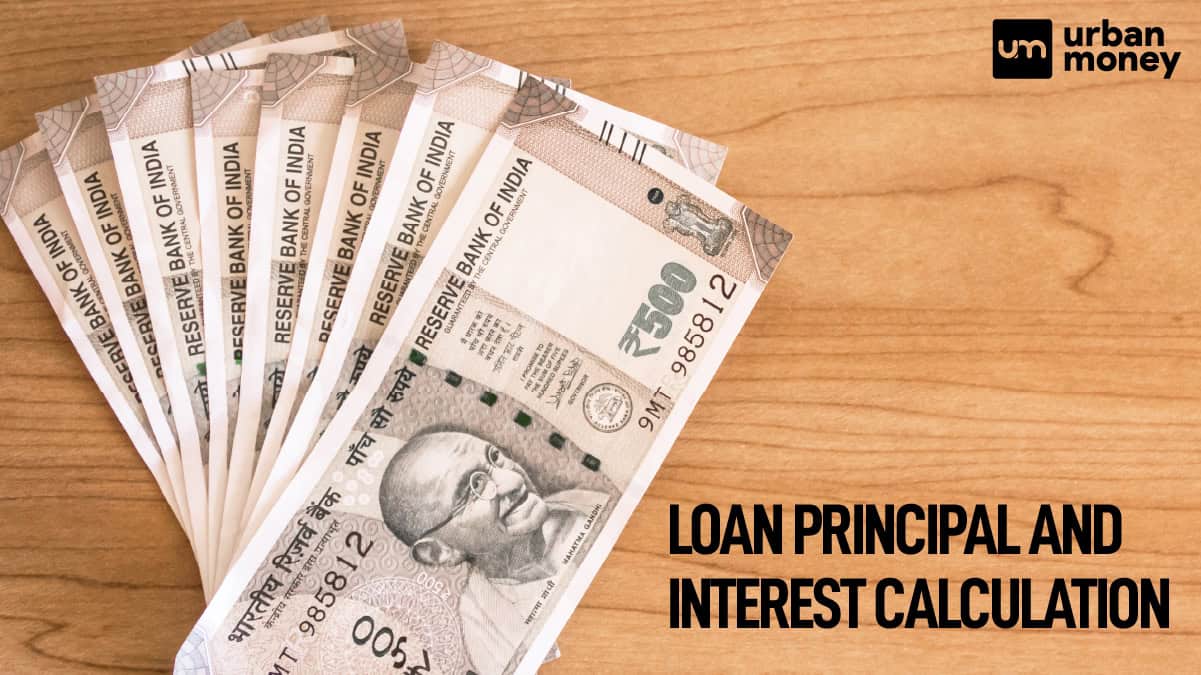Top 10 Best Private Banks in India List 2025
January 09, 2025
Home Loan Archive | Stamp Duty and Registration Charges

December 12, 2022


Owning a house is a dream for many, and equally dreadful is the legal proceeding behind it. A home buyer can only become a true possessor of their property after they have gone through the registration process of their ownership. And just to get to that point, there are many factors, including location hunting, property selection, loan application, down payment, mortgage payment, agreement signing, and much more. It only ends with possession, registration, and transfer of the complete ownership to the buyer’s name. Lastly, the authentication that the property is transferred to the buyer ends in paying stamp duty.
Table of Contents
ToggleStamp duty is a tax levied on citizens of India who are involved in the purchase of property and real estate. This government tax is applicable as per section 3 of the Indian Stamp Act 1899. There is a requirement that stamp duty is paid in full and on time, failing which, the consumer would be liable to pay applicable penalties. Moreover, there is a high legal value associated with the document as they are accepted as a shred of evidence in courts. Property-related cases without any stamp duty are straight-up liable for rejection. They are primarily calculated based on the minimum rate set by the government for a property and the estimated value of the property. The price is calculated from whichever value is higher than the two. They usually vary from state to state.
Stamp Duty and Registration charges vary from state to state. The data provided below depicts the rates across several states in India.
| States | Stamp Duty Rates |
| Andhra Pradesh | 5% |
| Arunachal Pradesh | 6.00% |
| Assam | 8.25% |
| Bihar | Male to Female – 5.7%, Female to Male – 6.3%, Other cases – 6% |
| Chhattisgarh | 5.00% |
| Goa | Upto INR 50 lakh – 3.5%, INR 50 – Rs 75 lakh – 4%, INR 75 – INR 1 crore – 4.5%, Over INR 1 crore – 5% |
| Gujarat | 4.90% |
| Haryana | For males – 7% in urban areas, For females – 5% in urban areas |
| Himachal Pradesh | 5.00% |
| Jammu and Kashmir | 5.00% |
| Jharkhand | 4.00% |
| Karnataka | 5% (above Rs 45 lakh), 3% (Rs 21-45 lakh), 2% (Less than Rs 20 lakh) |
| Kerala | 8.00% |
| Madhya Pradesh | 7.50% |
| Maharashtra | 6% for males, 5% for females |
| Manipur | 7.00% |
| Meghalaya | 9.90% |
| Mizoram | 9.00% |
| Nagaland | 8.25% |
| Odisha | 5% (Male), 4% (Female) |
| Punjab | 7% (Male), 5% (Female) |
| Rajasthan | 5% (Male), 4% (Female) |
| Sikkim | 4% + 1% (in case of Sikkimese origin), 9% + 1% (for others) |
| Tamil Nadu | 7% |
| Telangana | 5% |
| Tripura | 5% |
| Uttar Pradesh | Males – 7%, Females – 7%-Rs 10,000 |
| Uttarakhand | Males – 5%, Females – 3.75% |
| West Bengal | Upto Rs 1 crore – 6%, Above Rs 1 crore – 7% |
Several factors affect the stamp duty charges, and one of the biggest factors is the transaction value of a property.
Furthermore, the transaction value can be deduced from several sub-factors such as the property’s age, amenities it offers, location of the property, age of the buyer, purpose of the property, and so on. Here are some of the factors explained in detail.
Stamp duty, is legal evidence of a property purchase the buyer must incur, this must be done concerning the state registrar. Generally, the payable stamp duty and registration charges can be paid from the official website of GRAS or the Government Receipt Accounting System. The correct way to make the payment has been explored in the pointers given below. This will benefit users in making their stamp duty and registration payments and help others do the same.
There are specialised rates for women for paying stamp duty and registration charges. These although isn’t applicable in every state, some states encourage female property owners. Below is the data showing the states offering special stamp duty rates for women.
| States | Stamp Duty Rates for Women |
| Bihar | Male to Female – 5.7%, Female to Male – 6.3%, Other cases – 6% |
| Haryana | For females – 5% in urban areas |
| Maharashtra | 5% for females |
| Odisha | 4% |
| Punjab | 5% |
| Rajasthan | 4% |
| Uttar Pradesh | 7% – or up to INR 10,000 |
| Uttarakhand | 3.75% |
Buying a house comes with lots of paperwork and legal formalities. There will always be the necessity to take care of stamp duty and registration charges documents on a priority basis. This is imperative, as any delay could invite unnecessary penalties. Failing to pay any stamp duty charges means that there is no legality that one is an owner of a property. The registration fee is generally set as 1% of the property value. However, much can also depend on the state government and property type. To answer whether or not Stamp duty and registration charges are included in the home loan, one needs to understand that stamp duty and registration charges are overhead expenses. These are generally excluded from the home loan category. Customers are always advised to keep enough funds to meet their stamp duty and registration charges separately.
Stamp duty and registration charges are generally different regarding state-wise rates and property valuation. For example, sale deeds are kept at 4% to 10% of the property value. Furthermore, the registration charges are kept at about 1% of the property value. Now many will wonder how are stamp duty charges calculated. The usual answer will incorporate the higher circle rate or the actual transaction value, generally understood as the market value, which becomes the basis for further calculation. The circle rates are also known by many terms in many states, such as guidance value, guideline value, ready reckoner rate, and so on. This is the minimum rate decided by the state government under which no stamp duty charges will be considered.
To understand the calculation of the sale deed stamp duty charge, let’s assume that a property is evaluated at INR 1.5 crores and the circle rate for that particular state is kept at INR 1 crore. If the stamp duty rate is set as 5% in that particular state, the calculation will take place on the higher value among the market rate and circle rate. Here the higher value is the market rate. Thus stamp duty of INR 1.5 Crore will be INR 7,50,000. Adding to this calculation, there could be rebates for certain property types, customer categories, and location types.
If anyone wants to bypass the hassle of manual calculations of stamp duty and registration charges, they can simply resort to using a stamp duty calculator online. The stamp duty and registration charges calculator is an excellent AI-powered computation tool that provides a clear and real-time outcome of payable expenses. The Stamp Duty Calculator will incorporate information from the user, such as the value of the property and the state in which they have the property. Customers simply need to select their state and enter the market value of their property. The calculator will showcase the total payable stamp duty and registration charges in real time.
The property registration process in India can be tricky and confusing. There are various layers of prerequisites one need to take care of. Understanding what needs to be considered and what needs to be avoided will be beneficial. Generally, the property registration process in India can be divided roughly into seven steps. These will include basic preparation, calculation of stamp duty and registration charges, payment of stamp duty and registration charges, drafting and printing the sale deed, registration of the ownership in the presence of the sub-registrar, collection of the registered sale deed, and mutation of property.
To start things off, the property buyer has to pay the complete payment to the seller as per the agreement. This is mandatory as the seller will only prepare the signed sale deed. It is also essential to ensure that the property is not under any kind of dues on loans, taxes, society dues, etc. This is because the sub-registrar will not be considering the property documentation if any dues are pending from the part of the builder or the seller. The legality of the property will only be valid until and unless there is a registered sale deed and stamp duty cum registration charges payment is transferred by the buyer.
It is essential to calculate how much stamp duty must be paid. The higher the value, the circle rate will be taken for the stamp duty calculation. This can vary as per state policies. Here one can take professional advice or use a stamp duty calculator online.
Make the stamp duty payment. There are three ways in which one can pay the stamp duty. Firstly, one can use non-judicial stamp paper available from authorized stamp vendors. The sale deed can be printed on stamp paper. Secondly, one can use the Franking method. This can be done via banks which have franking machines. Stamp duty can be paid by cash or demand draft as well. Thirdly, one can also make the stamp duty and registration charges by using e-stamping. This is available online on the respective state’s stock holding corporation website. This is a government-appointed central record-keeping agency. This has to be submitted to authorized collection centers or specific banks.
The next step is to prepare the draft of the sale deed physically. This should incorporate buyer and seller details, payment details, and other necessary information. It has to be noted that there should not be any conditions. For example, complete ownership transfer rights should be mentioned. There is no third-party documentation allowed. Furthermore, witnesses should be signed in the document as well.
Visit the sub-registrar office. There will be a requirement of pre-appointment to visit the registrar. Customers must bring their identification documents, which the sub-registrar will analyze. Moreover, biometrics and KYC will be taken as well.
Customers must collect the slip or receipt of their registrar visit. The initially submitted registration deed can be collected in about 15 to 20 days.
When registered with the sub-registrar, the buyer will be asked to present various documents pertaining to their identification, property ownership proof, bank verification, and other aspects. These documents are essential for the authenticity of the person applying for registration. The primary documents required for payment of Stamp Duty and Registration Charges are as follows.
Paying Stamp duty and registration charges is one of the essential steps when it comes to property registration. However, missing this part can invite several kinds of complications. This can be both legal and expensive as stamp duty is held in high regard in legal proceedings, and penalties are applicable if missing payments.
| Related Resource |
| Home Loans For Women |
| Plot Loans for Land Purchase |
| Top Housing Finance Companies in India |
| Home Buying Tips |
| Top Home Loans |
In India, the stamp duty and registration charges lie within 4% to 10% of the property value. The charges vary from state to state.
The stamp duty and registration charges paid can be claimed for tax deductions as per section 80C of the Income Tax Act 1961.
The actual rate, the property market value, and the circle rate, which is the state-wise expected value, are considered for stamp duty calculation. The higher value will calculate the stamp duty and registration charges. The rate depends on the state policy, ranging from 3% to 10%.
States like Goa, Gujarat, Jharkhand, Odisha, Rajasthan, and Uttarakhand have the cheapest stamp duty. How much does stamp duty cost in India?
Can we claim stamp duty and registration fees in 80C?
How is stamp duty calculated example?
Which state has the cheapest stamp duty?










© 2025 www.urbanmoney.com. All rights reserved.

Need Loan Assistance?


















